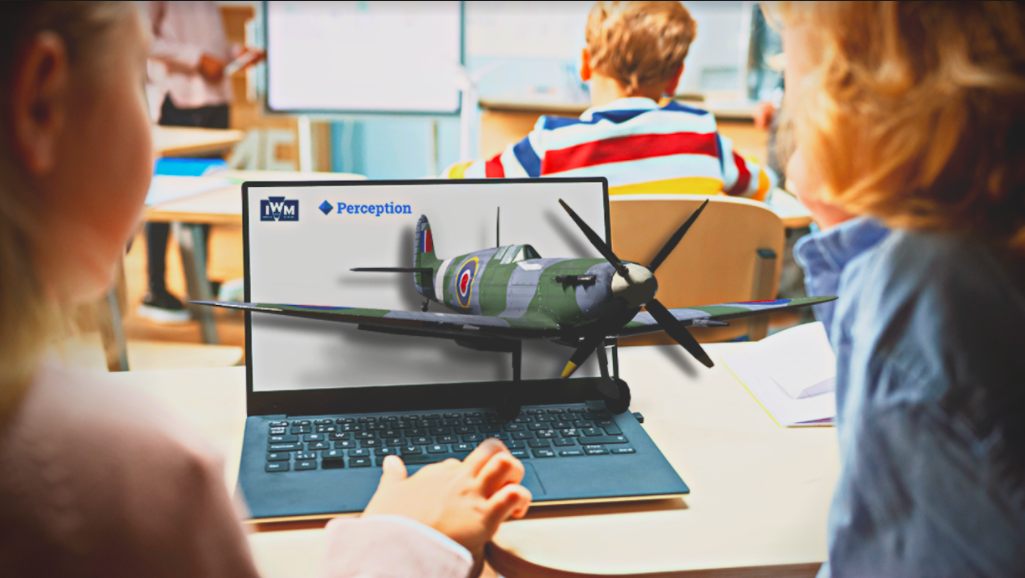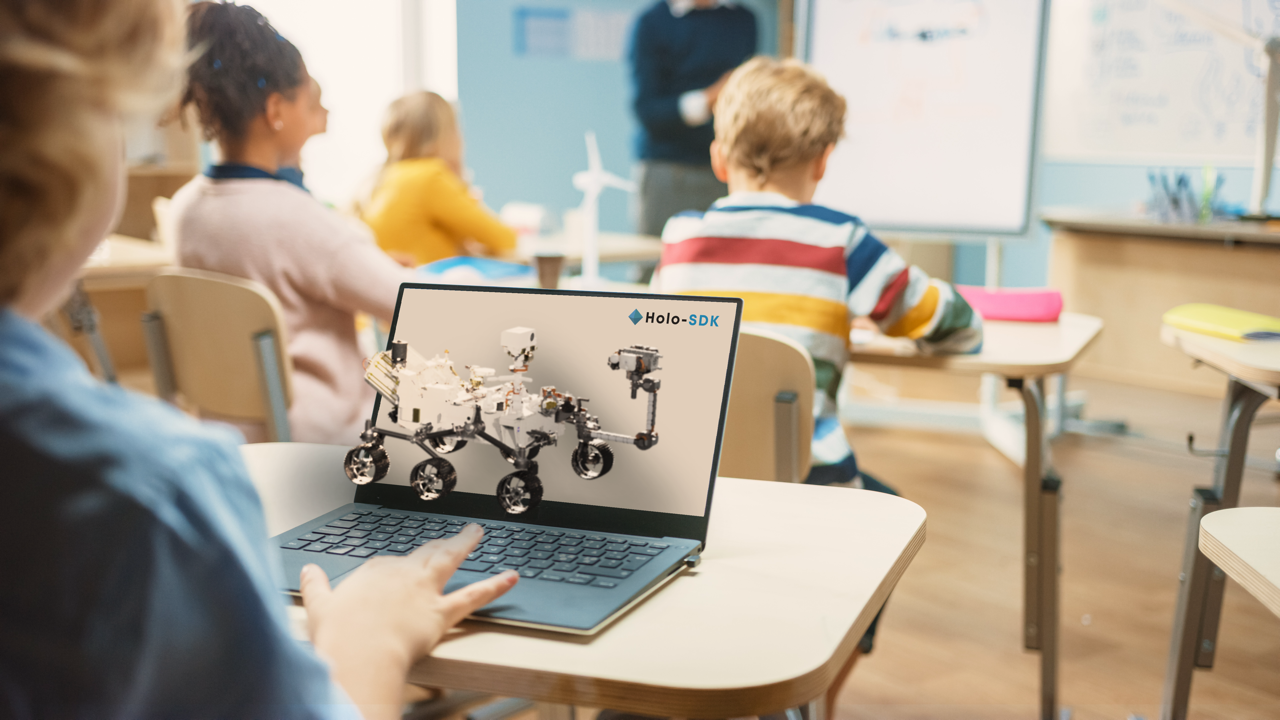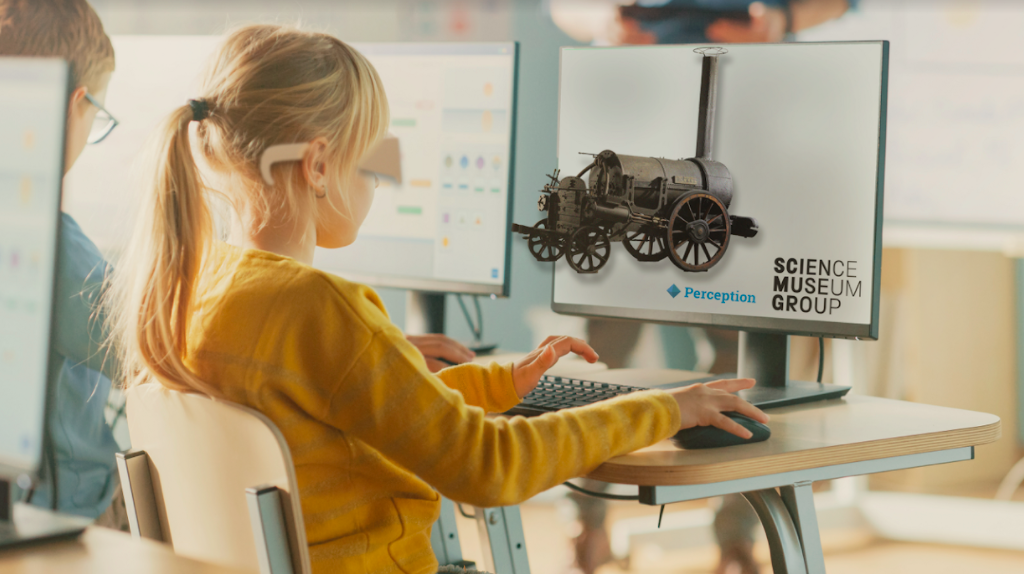The pandemic has forced students, parents, and teachers to pivot and find ways to learn at home. For most, this either means remote learning through lessons over Zoom, having the parents run home-schooling, or a mixture of both. Even though more family time can be great, students are bound to become bored and distracted (https://www.nytimes.com/2020/04/14/us/school-at-home-students-coronavirus.html), not to mention missing friends and the routine of physically going to school. Even though schools are opening up, there have been discussions that maybe learning at home may still be necessary.
Enter augmented reality. You’re probably most familiar with it through games like Pokemon Go, but there’s so much more that this kind of technology can do for education. (FYI: If you’re thinking of those bulky headsets, gloves, and/or powerful computer setups, you’re thinking of virtual reality.)
Benefits of AR in Education
In terms of ease of use, most students will already be accustomed to the controls to navigate AR apps because this kind of educational technology (or edutech) requires devices that most students already know how to control like a computer desktop, smartphone, or tablet. This means there will be little to no time spent on teaching students how to use the controls. This also means that classrooms and households don’t need to spend more money on learning devices.
When considered in controlled settings, the technology can still offer a lot of benefits to students. Studies in the last few years have shown that AR can encourage motivation (https://doi.org/10.1155/2019/7208494), help students with ADHD (https://doi.org/10.1080/17518423.2018.1476602), and even improve their critical thinking (https://files.eric.ed.gov/fulltext/EJ1230077.pdf), cognitive abilities (http://doi.org/10.3390/app10082948), and social skills (http://doi.org/10.3390/s18072368). Not only will access to available learning materials grow for the general student population, but it also provides more opportunities for students to learn the way they like by customizing their AR experiences.
And when studied exclusively in a remote learning, COVID-era environment, the results are similar. In a May 2021 study (https://online-journals.org/index.php/i-jet/article/view/17895) in Saudi Arabia, results showed that the university students in the virtual classroom using AR showed higher academic achievement and higher acquisition of the design skills taught in the course. Similarly, in a May 2020 study (https://journal.unnes.ac.id/nju/index.php/jpii/article/view/26123) of 111 university students in Indonesia, the results showed that the students had strong improvement in their scientific literacy levels because of the AR-based multimedia used.
Useful AR Apps to add to Your Remote Learning
Here are ideas, by subject, on how to implement some AR apps to become part of the lesson. To note, this will not be an exhaustive overview. There are tons of AR apps on the market now and in beta that can help students in almost any subject.
Science
The science subject is the perfect area to try out AR apps if you’re hesitant or just curious. For biology class, instead of a flat, paper diagram where students have to list the different bones in the body, what if they could see the real thing and get quizzed on its name? With the 4D Interactive Anatomy app (https://www.4danatomy.com), students can “dissect” the body to see the skeleton or the different internal systems, all based on real scans from cadavers.
For astronomy class, what if, along with the videos and pictures from NASA’s Mars rovers, students could “drive” them and see the individual parts in the machinery? Through the JigSpace (https://jig.space) and Desktop AR (https://www.holo-sdk.com) apps, students can do that and more. Both apps can be used for science lessons, but they allow for almost any model to be uploaded into their system for the student to play with and explore.
For the younger scientists, there’s the Quiver app (https://quivervision.com). Using specially designed coloring pages, students can color them in however they like and then the app will bring them to life, just as they’ve colored them, along with facts about the scene. So if you can’t take them to the zoo, why not let them color in a tiger and have it roar on the kitchen table?
English/Language Arts
For students that are reading novels for school and need to discuss the themes of the book, maybe instead of an essay they recreate a scene from the book or make a “better” ending? With the 3D Bear app (https://www.3dbear.io) or the Metaverse AR platform (https://studio.gometa.io/landing), students can create their own 3D scene and share it with the class in AR. Both apps also allow for collaboration so students can work in groups on chapters and then combine them all to create an entire AR movie for the book.
For younger students that can’t read yet or need encouragement reading, the Wonderscope app (https://wonderscope.com/index.html) brings to life the developer’s growing library of AR stories. The students read aloud lines to interact with characters, helping them solve problems.
History
Instead of a history lesson where students just read from a textbook or listen to a lecture, what if they could “travel” to the destinations and “touch” the documents and weapons being discussed? With Google Arts & Culture’s Expeditions (https://artsandculture.google.com/project/expeditions) and the Civilisations AR app (https://www.bbc.co.uk/taster/pilots/civilisations-ar), students can do just that. Teachers can take the class on a virtual field trip and let them touch the artifacts as the historic story unfolds. (Note: Development on the Civilisations app has ended, but it is still available to download and use.)
Math
It’s geometry class and it’s time to learn about shapes. One traditional way is to pull out the graph paper and draw out the axes. But instead of having students plot points and potentially get lost in the grid, why not use AR to build those solids on the dining table so they can rotate them around and see how it looks in reality? With the GeoGebra app (https://www.geogebra.org) you can do just that. You can also give challenges to the students to see if they can build a soup can or the table they’re sitting at in the app. The Shapes 3D (https://shapes.learnteachexplore.com) app is simpler, allowing students to fold and unfold shapes so they can understand how it all works together.
And for the math problems that need to be worked on the page, there’s the Photomath app (https://photomath.com/en/). Just scan any handwritten equation and the app will help you solve it. (Ok, so there isn’t a lesson plan idea for this one. The author just thought it was really cool.)
There are more AR apps for these core subjects and beyond as well. It’s up to the parent or teacher (maybe even the students themselves) to explore and experiment. If you’re home and you have time on your hands, why not? Everyone can learn something new.
More info https://www.holo-sdk.com






